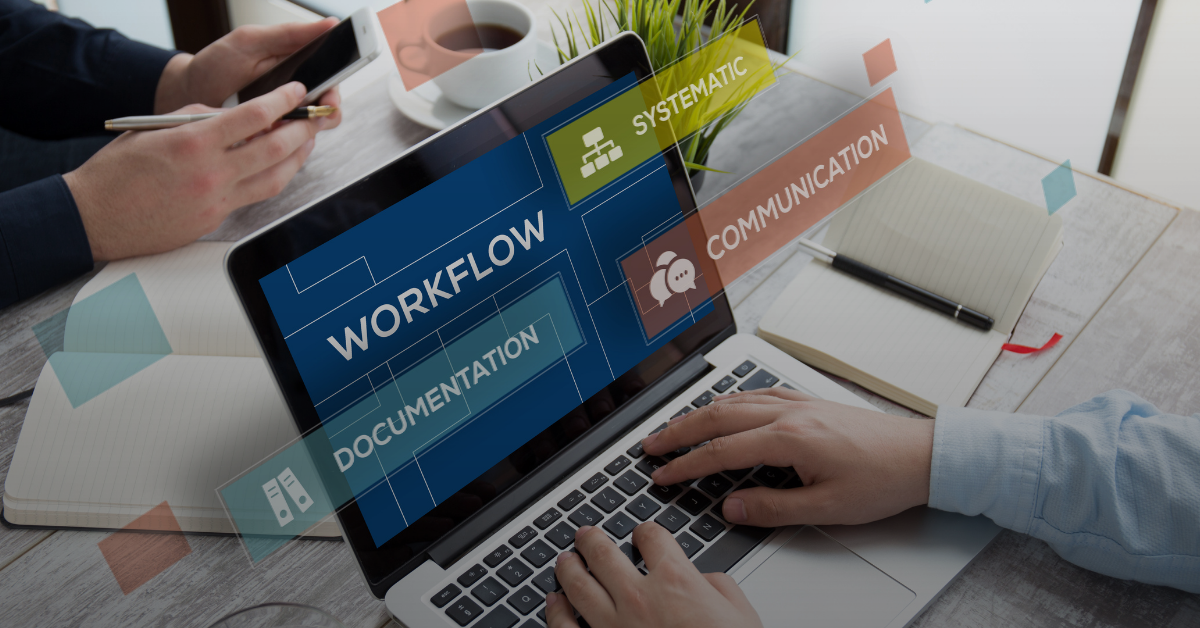Cybersecurity – Necessity or Luxury?
Internet fraud increased by 400% in 2020, according to data from international law firm Reed Smith. No wonder that most companies declare an increase in spending on security.

The technological advances made in the last decade have been truly outstanding. It is no longer necessary to wait decades for innovative solutions. It is now only a matter of years or even months. What seemed to be a pure fantasy a few decades ago is now becoming reality. Technology is changing both private and professional life in countless ways. How can technology help you grow your business and improve employee experience? Read on!
Automation is the key word. Not only can it significantly reduce the time it takes to complete a given task, but it is also easier for your team to organize work. Far fewer things will require the constant attention of your employees. Let us move on to specific technology solutions that can unlock positive results. Three of them deserve special attention: Business Intelligence, Business Process Management and Internet of Things.
Business Intelligence (BI) is a broadly defined set of tools, activities and technologies for processing information. The data so collected gives a broader picture of the situation (everything is stored in one place and can be very easily analyzed). When placed in a certain business context, it facilitates the planning processes and informed decisions.
Even though it may not seem like a significant improvement at first glance, in fact it translates into time-saving task management and better work organization. Even small companies with just several employees have to deal with huge amounts of data on a daily basis (including sales, employee productivity, customers or the market), a regular analysis of which would take many days and engage several employees. By using BI, the same process will only take a fraction of that allowing employees to focus more on tasks that utilize creativity. Examples of BI systems include Power BI and Tableau Desktop.
Business Process Management (BPM) means analyzing and continuously improving business processes (e.g. placing and executing orders) in order to streamline the company’s operations. BPM systems and tools facilitate implementation, execution and monitoring of each process. They are proving to be useful as they help achieve strategic goals more effectively as well as react efficiently to critical events. Thanks to them, it is possible e.g. to 1. streamline cooperation between employees across different departments or locations, 2. easily make changes and updates to ongoing processes, 3. track who is responsible for decisions within the monitored processes (task history), 4. shorten implementation time, 5. eliminate the need to enter data manually as a result of using several different systems, 6. utilize all the expertise of all processes taking place in the enterprise (whatever their number). The process based on the said solutions requires minimal supervision (the system notifies of any changes automatically if necessary), which significantly frees those responsible for its proper course from arduous work. Examples of BPM systems are Business Process Suite and JobRouter.
Internet of Things is a system of interrelated computing devices that can process data without human intervention. Not only does IoT refer primarily to smart home devices, but also to those used in industry, sales, waste management or medicine. It automates repetitive tasks and constitutes a great solution for developing early warning systems or fully autonomous monitoring. This is notably the case for air quality sensors that automatically send notifications if a set value of a given element is exceeded. While the concept itself is by no means new (it first appeared in 1999), only recently have we been able to start exploiting its full potential thanks to modern technology innovations. In the future, IoT may be a key pillar of smart city development as it requires only minimal supervision. Examples of technologies related to IoT are SIGFOX and NB-IoT.
Of course it is. Both BI, BPM and IoT tools, when properly implemented, can form a coherent whole helping introduce changes that can significantly improve the business performance (BPM system alone “offers” about 30% increase in efficiency). It is no wonder that more and more companies from various industries are reaching for new technologies to skyrocket their time management. Automation testing success primarily lies in identifying the right tool for different needs and demands. You should definitely avoid the ones which would require adapting the company to the software. Such a process takes a lot of time and causes downtime. While some companies have benefited from automation, other companies have wasted their financial and human resources due to inappropriate implementation approaches and have been unable to get the best results. Unfortunately, not every service provider offers all three tools combined, which might result in software incompatibility. That is why it is worth using a comprehensive service. FlowDog is bi-directional communication software that exploits IoT and BPM. It is fully tailored to a given business profile.
There is no denying our daily routine has changed due to the technological boom. We have been bombarded by waves of innovations that can potentially change the world. Technologies are now being used for necessity not mere convenience. It is worth considering changing your business style. Embrace the digital revolution and rocket-fuel your business. You can read about how to do it in our free ebook.